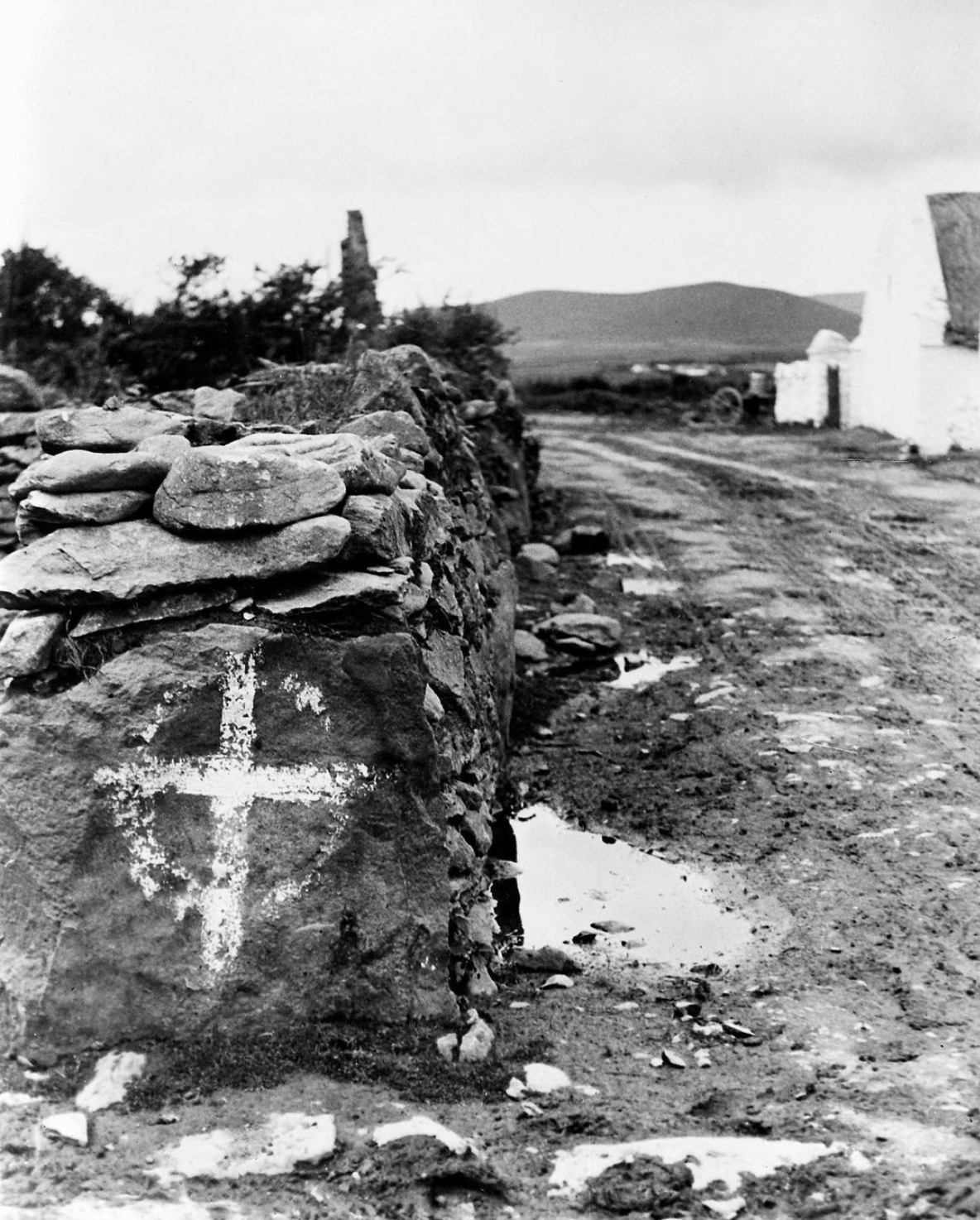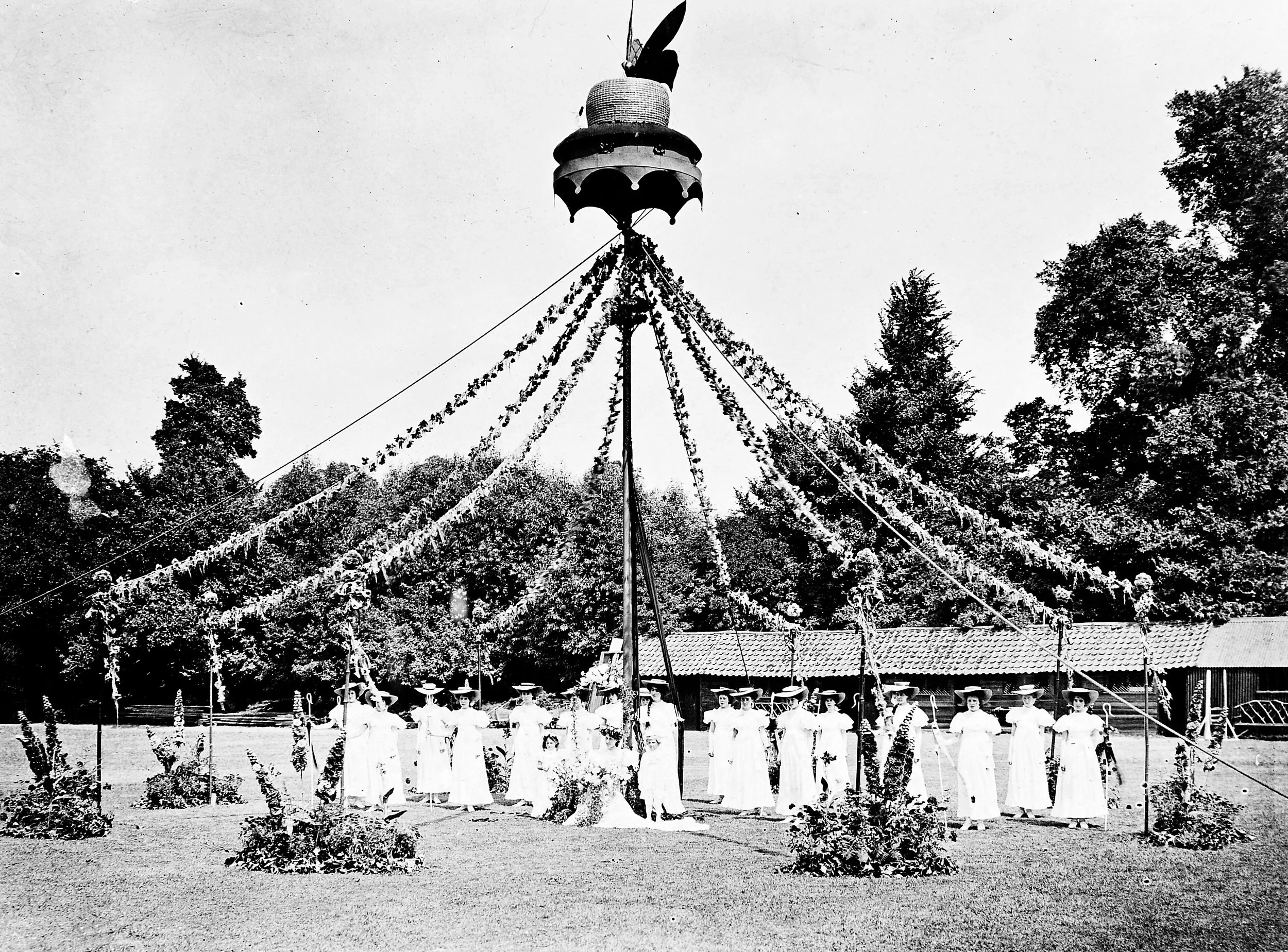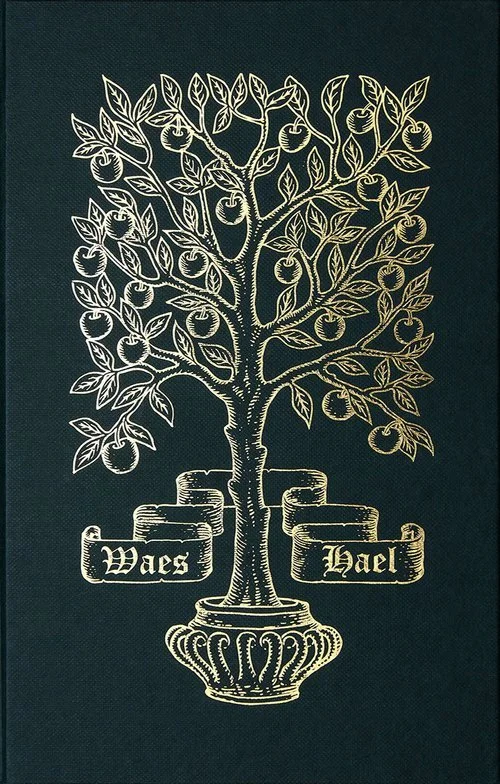Betwixt Two Worlds: On Folklore, The Occult, and the Challenges for a Library
Hello readers, and welcome to another Occult Library blog on this All Hallow’s Eve. We send our best wishes and benisons to all of our readership, and hope this time of the season brings renewed engagement with your respective traditions & currents.
Of late, we felt it apt to explore the ways in which our work highlights a liminality between the arenas of both folklore and the occult. As we will see from a library standpoint, these dual arenas – often commingling as one – present a unique challenge to patterns of selection & criteria in regards to our cataloging.
Fairy Charm, sign on a wall. Milton. co. Kerry. Date and author unlisted. Via Wellcome Library digital collections. CC attribution 4.0.
Folkloric and occult traditions share in a great many qualities: both express the stories, atmospheres, seasons, cultures, locales, and dreams of a given group. Further, both arenas may be expressed as mills offering grist for the spiritual expressions of a culture or place.
Yet, a great many differences abound as well: perhaps most obviously, folklore is not inherently ‘occulted,’ or even spiritually concerned. Likewise, not all occult traditions are inherently tied to folk expressions of lore.
Nonetheless, in the occult community, it is so often the case that these two forces are found magnetized to one another. Indeed, many of the richest and most vibrant occult traditions of the globe are rooted in a folkloric sensibility.
How then does this present to us in regards to selecting our materials?
The short and honest answer to this question is that we ourselves perpetually dance & tarry with this concern! We find that, as our own breadth of exposure and experience to these communities grows, so do the ways in which we are challenged to evolve our understanding of the relationships at play. In particular, this has been evident in the span of the content that certain publishers offer to the community.
Maypole Dance at 25th Anniversary Fete, 15 July 1905, in the grounds of the Wellcome Club and Institute, Dartford. Via Wellcome Library digital collections. CC attribution 4.0.
A pertinent example may be found in a well-loved publisher, Troy Books. A great number of Troy Books’ materials are concerned – and even rooted in – the body of traditional witchcraft. Much of this body of work expresses a folkloric dimension. Yet, other works from within the Troy corpus take on a primary concern with folklore.
Consider, for example, Simon Reed’s work Wassailing. Troy Books describes the work as follows:
With legends going back over a millennia, Wassailing is a fascinating and colourful part of the folklore and traditions of Britain. From the Apple Wassails of Devon and Somerset, to the Doll Wassails of Yorkshire, this ancient blessing tradition has adapted itself to every level of society from agricultural workers to Lords, even featuring in four plots to murder the Monarch of the day. This book by Simon Reed, author of The Cornish Traditional Year, examines every aspect of Wassailing with the hope that it will inspire people to revive and enjoy this important tradition.
Cover of Simon Reed’s Wassailing. Troy Books. Standard Hardback Edition
Of course, overlaps with the aforementioned witchcraft traditions will be evident here. The most obvious is the auspices of a traditional folk year under which the wassailing traditions occur.
Yet the work is, nonetheless, primarily concerned with a folk tradition – one which is clothed in a deep tapestry of lore.
Through our own experiences as readers and practitioners, the Occult Library staff have opted at best to simply revel in this cross-pollinating quality. Insofar as they are concerned with occult dimensions, and the spiritual import of folklore, we hold no qualms about including folkloric works from a given publisher or author.
At a baseline, we feel convicted that exclusively folkloric works still deserve a degree of respect and consideration in their own right.
Another space where these qualities are particularly evident can be found in our Periodicals section. Amidst the great stone circles and megaliths of Albion, Weird Walk offers a folkloric trip which expresses the magic of the landscape and its ancient features.
The Samhain 2019, issue Number Two of Weird Walk is as fine an example as any. The publishers describe this issue as follows:
As the harvest season ends and we stagger towards winter, the ghostly glimmer of other worlds hovers in our imagination. In this issue we will be channelling Samhain, the gateway to the darker half of the year, poised between the autumn equinox and the winter solstice. It is in this spirit that we explore nature’s bounty alongside forager Adele Nozedar and celebrate an uplifting, eclectic take on folk dance with Boss Morris.
Weird Walk. Samhain 2019, Issue Number Two.
Once again, we see the way in which an approach blending folk culture, the richness of the land, and the cyclical expressions of the year emerge in a zine that – while not always explicitly occult in nature – is best-loved among countless folks in the occult community.
Ultimately, we cannot help but to feel, on a personal and observational level, that folkloric traditions & occult currents emerge from a shared wellspring of expression. To comprehensively identify this is wellspring is perhaps a fool’s errand: particularities abound, and each source is grounded in its own unique engagement with the cosmos, land, spirituality, and culture. At the core, this wellspring nonetheless flows through relationships to these features.
We would encourage and offer our readers a chance to explore and dance with this dynamic themselves, and likewise revel in the relationship both complex and naturally simple which lies between folklore and the occult.
On a more general note, The Occult Library is quickly approaching the one-year anniversary of our inception. The past year has been tremendously fruitful for us, and we are left in a state of amazement and gratitude. As we approach this mark of one year, be sure to look out for yearly reflections, recaps, and glints of what the future year will hold.
As always, we thank you all for your dedicated readership. We look forward to hearing about your own year, and we hope you will reach out & stay connected via social media and our mailing list. It can be found on our homepage.
All our best,
– The Occult Library Staff.




